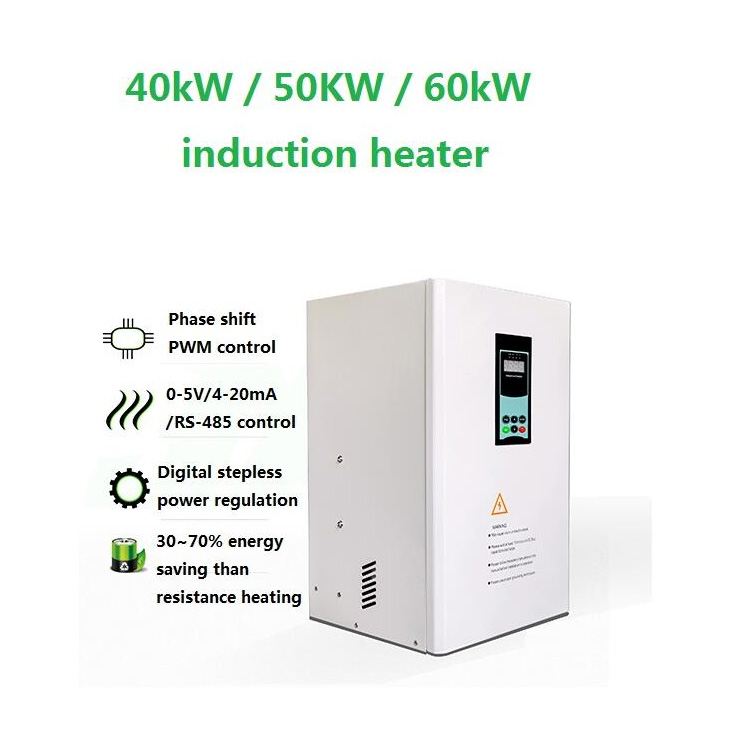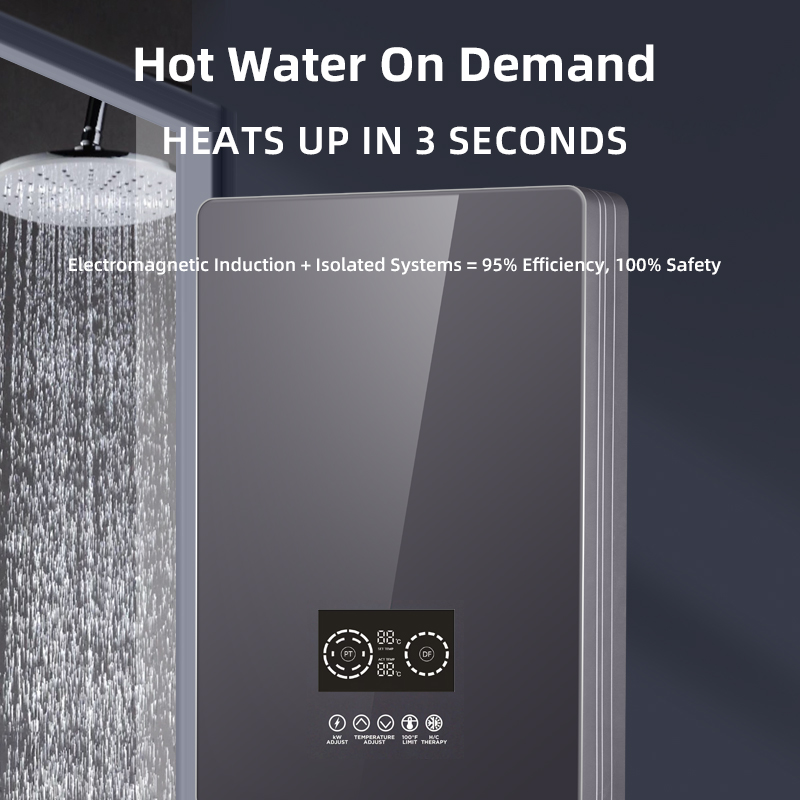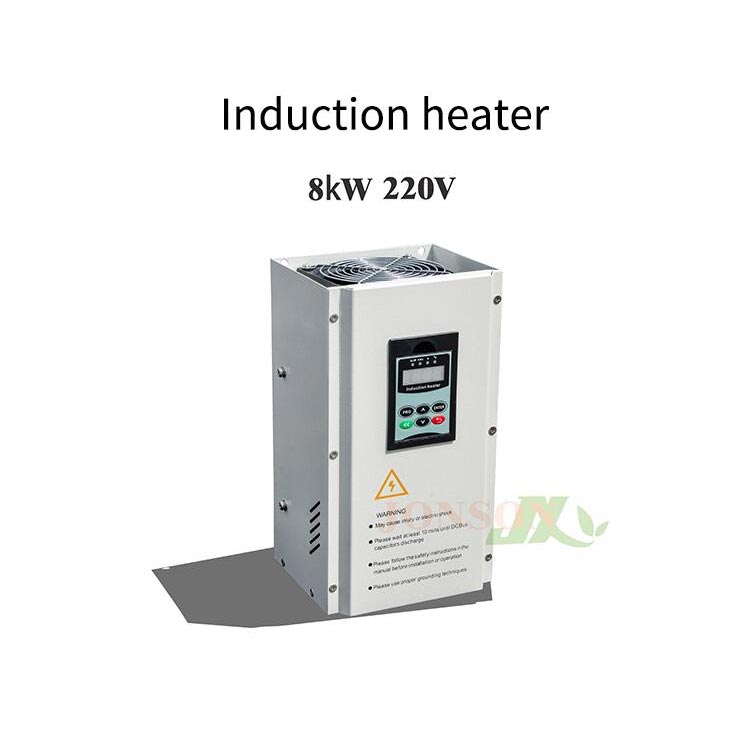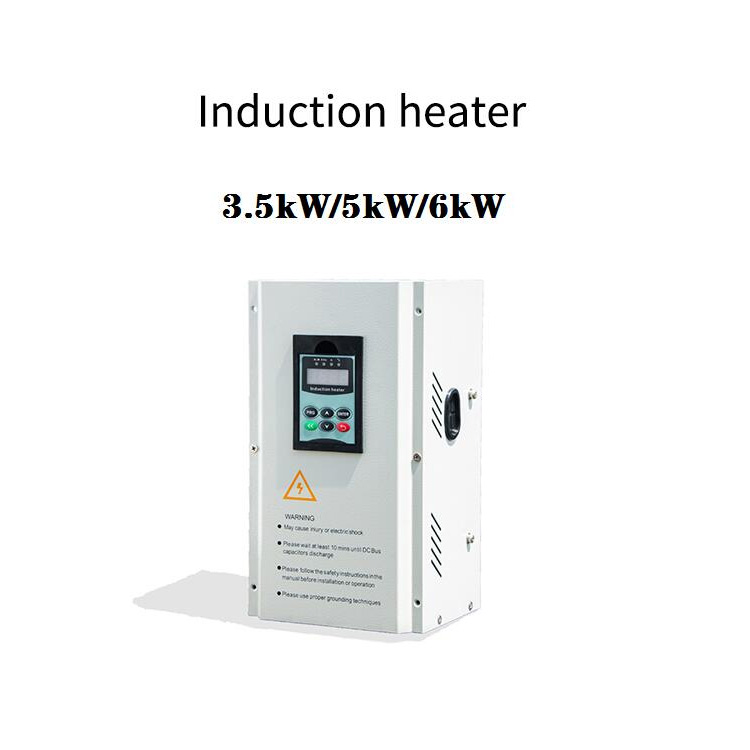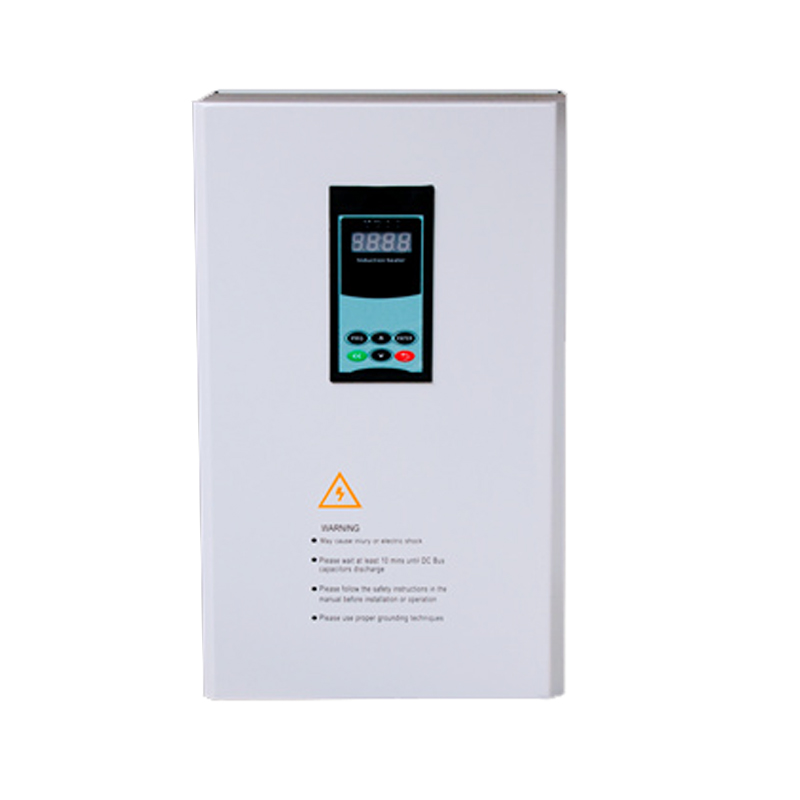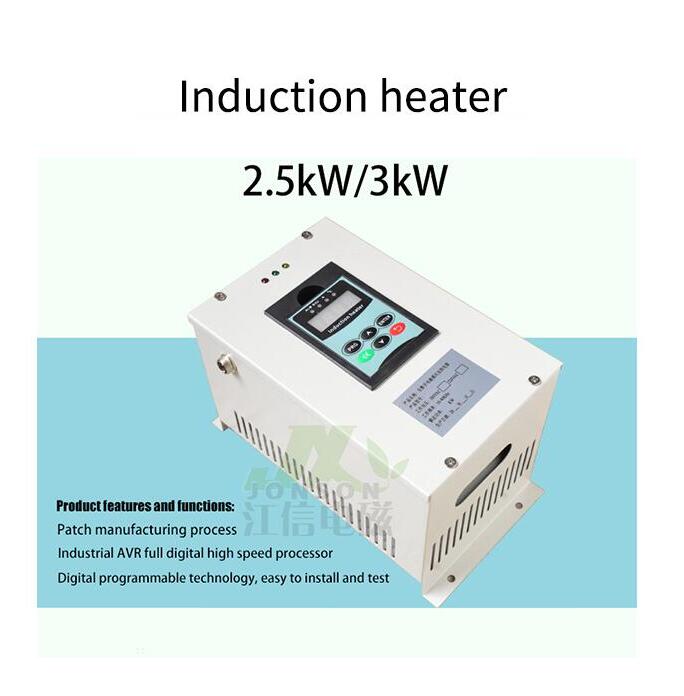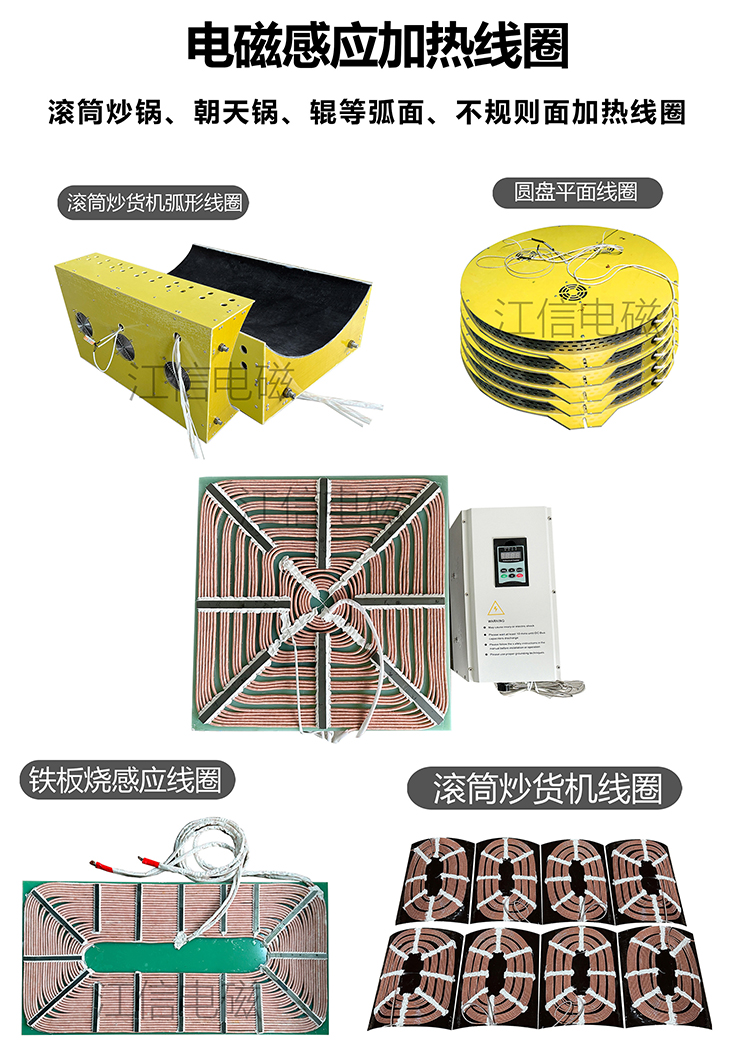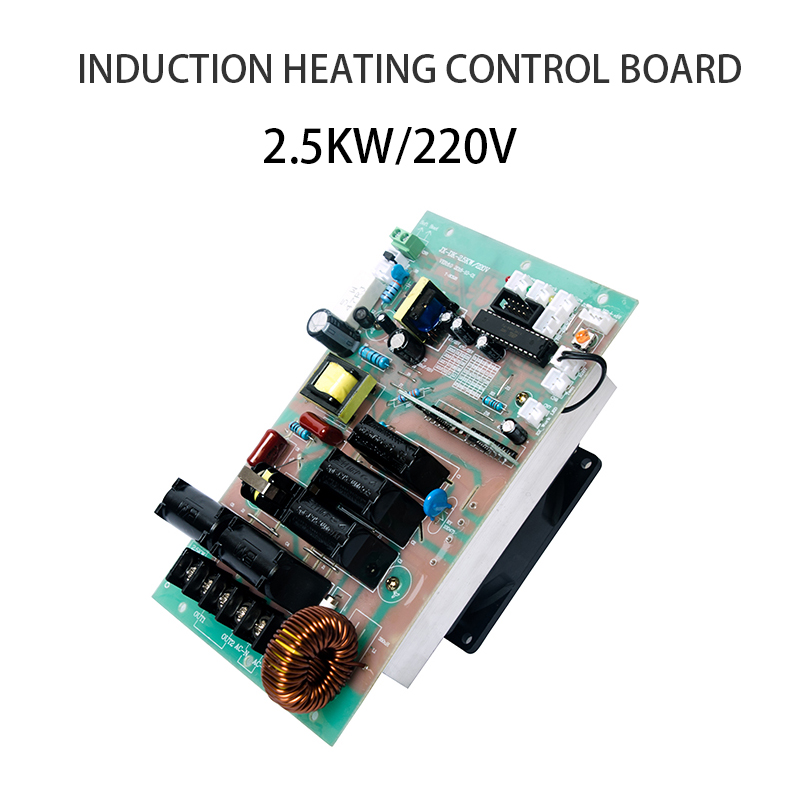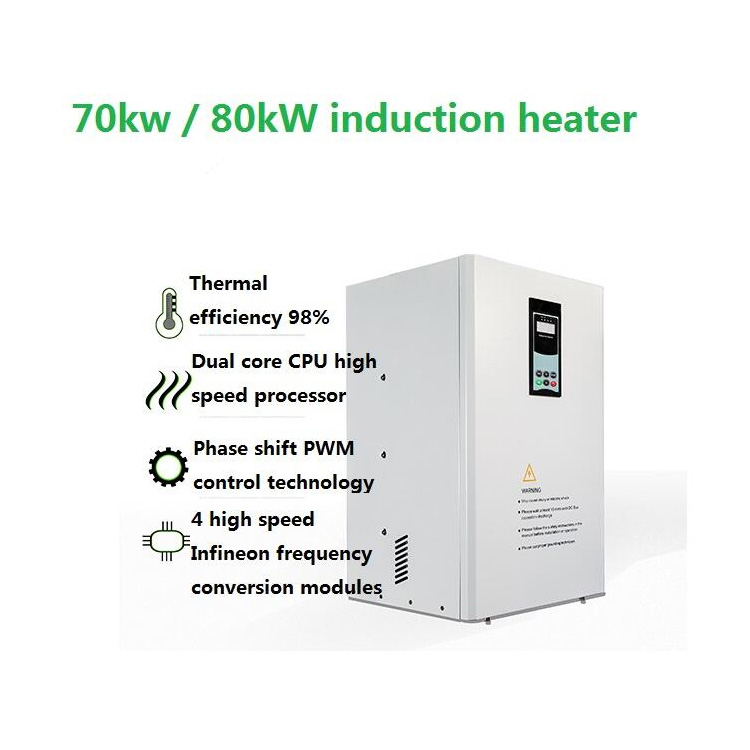Is the instantaneous sensor water heater suitable for different regions in the south and north?
With the acceleration of the living pace, more and more families are choosing instantaneous sensor water heaters. Instantaneous sensor water heaters has the advantages of fast heating, high energy efficiency, and safety without open flames, becoming a new trend in modern household hot water. However, many consumers also have doubts: In the climate conditions of the south being humid and rainy, and the north being cold and dry, are instantaneous sensor water heaters really applicable everywhere?
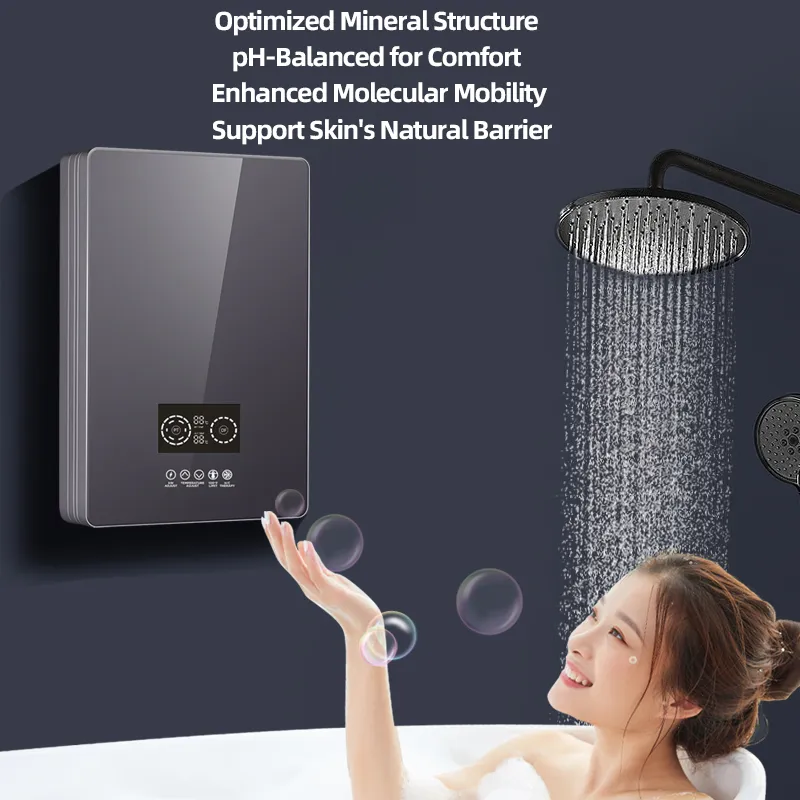
The answer is: Applicable, but instantaneous sensor water heaters needs to be selected and installed according to local conditions. Here is a detailed analysis for you:
1. Southern environment: Instantaneous advantages are obvious
Climate characteristics: Humid, moderate temperature, no extremely cold winters.
Reasons for suitability:
Instantaneous heating, no waiting time, meeting the frequent water usage needs of southern families;
Compact size, no space occupation, suitable for small houses and urban apartments;
Electromagnetic induction heating without electric heating tubes, safer in humid southern environments, avoiding electric leakage hazards;
Simple maintenance, no frequent cleaning, longer service life.
Purchase suggestions:
Instantaneous sensor water heaters is recommended to choose products with a power of 3-5kW;
Can be combined with a pre-filter to further improve equipment stability.
2. Northern environment: Reasonable selection, also applicable
Climate characteristics: Cold winters, low water supply temperature, high frequency of hot water usage.
Reasons for suitability:
Induction heating 17³Ô¹Ï has a fast heating speed, even if the incoming water temperature is low in winter, it can quickly heat up;
Water temperature control is more stable, solving the problem of "alternating hot and cold" of traditional electric water heaters;
Can be combined with a constant temperature system and booster pump to improve the usage experience in low-temperature environments.
Purchase suggestions:
Instantaneous sensor water heaters is recommended to choose high-performance models with a power of 6-8kW or above;
When installing, it is recommended to be close to the water usage point to reduce heat loss;
In northern cold regions, insulation layers or anti-freezing measures can be added.
3. Differences in selection and usage between the south and north
To facilitate understanding, the following are the differences that southern and northern users should pay attention to when using instantaneous sensor water heaters:
Southern users focus on:
Choosing an appropriate power (3-5kW);
Attention to small size and attractive appearance of the model;
Installation convenience, compatible with ordinary water pressure;
Emphasizing safety, avoiding electrical risks in humid environments.
Northern users focus on:
Power must be sufficient (recommend 6kW or above);
Attention to heating speed and constant temperature ability;
Instantaneous sensor water heaters is recommended to combine with booster pumps, anti-freezing design, etc., as auxiliary devices;
Installation location should consider insulation and ease of use.
Conclusion: Instantaneous sensor water heaters are applicable nationwide, and the key lies in choosing the right power, installing according to standards, and using scientifically.
Whether in the south or the north, as long as the power is selected appropriately, the installation is standardized, and used scientifically, instantaneous sensor water heaters can bring a comfortable, energy-saving, and safe hot water experience. instantaneous sensor water heaters is suitable for the fast water usage rhythm in the south and can also meet the need for "instantaneous heating, stable temperature" in the north.

